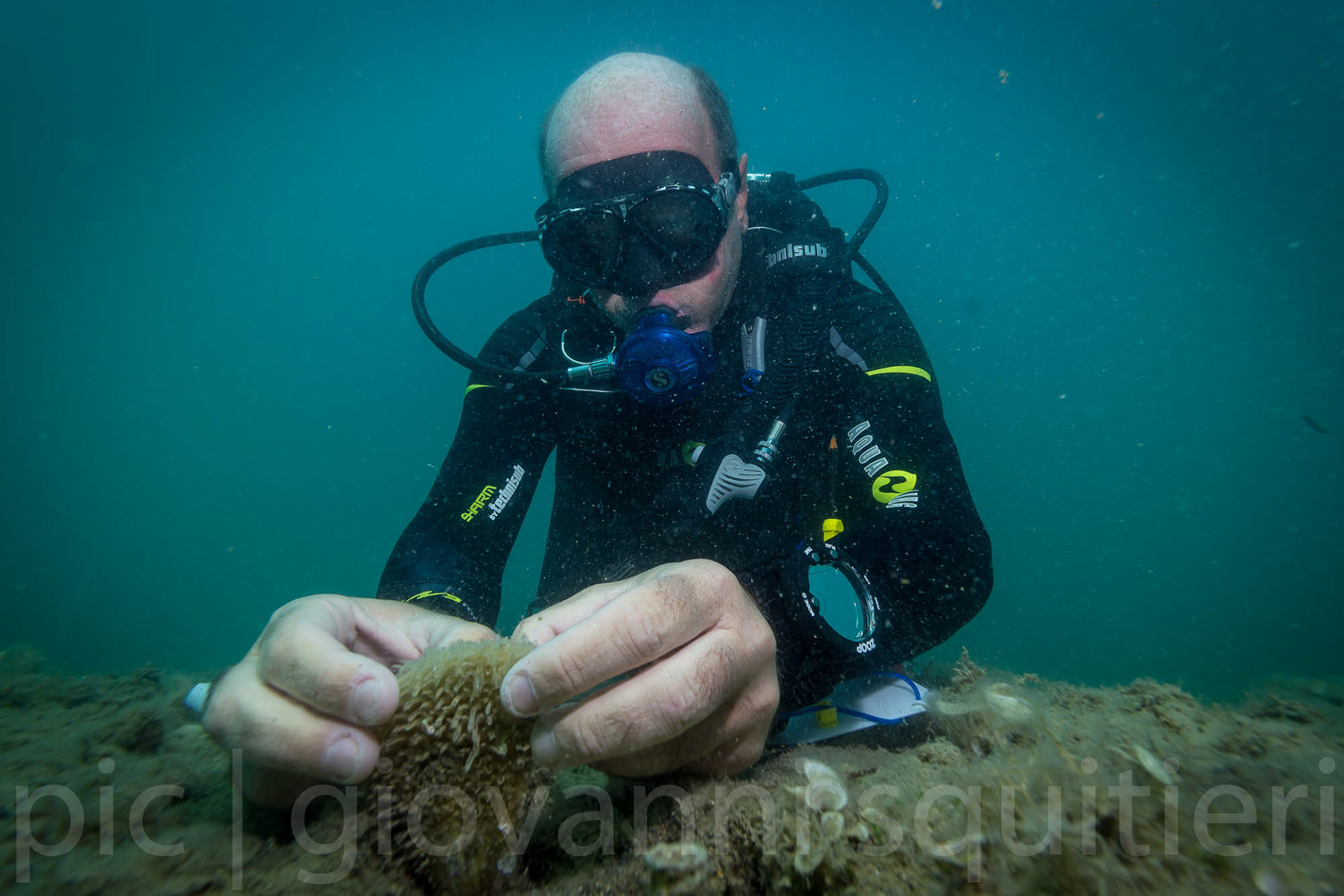The sea, charm and mystery of the largest "continent" on the planet.
A "fin" to save
This is the story of 2000 individuals who, thanks to the sensitivity of the Taranto Port Authority and the CNR-IRSA of Taranto, have been saved from their disappearance, being relocated to another place.
Pinna nobilis is the largest bivalve and is endemic to the Mediterranean Sea. It can reach one meter in length. Its collection is prohibited. Endemic to the Mediterranean Sea, it is often located in the middle of the Posidonia oceanica meadows, from a few meters up to a depth of 40. It is a sessile organism that lives fixed with the pointed part of its triangular shell in the sand or in the rock.
In 2016 the Port Authority of Taranto discovers 2000 specimens in a sea area which, for expansion of the port, must cover with waste material from dredging to adapt the mooring piers of the ships. To avoid the death of these specimens, the Autorità di Sistema Portuale del Mar Ionio, decides to finance a relocation project for these specimens, in another area of the Taranto harbor. It makes use of the collaboration of the CNR-IRSA of Taranto who promptly elaborate the project.












It tooks 28 days of activity for the removal and relocation of the fins and two years for scientific analysis. In this regard, the survival of individuals subjected to the stress of relocation was assessed, but also the percentage of losses determined by predation.
One of the most effective predators was the octopus (Octopus vulgaris), managing to eradicate the newly relocated "fins" and prey on them by opening the valves and devouring the mollusk.
Now there is a new element that endangers the survival of Pinna nobilis, it is a pathogen. It is spreading throughout the Mediterranean basin, putting the Pinna nobilis at risk of extinction.